Horse farming can be profitable, but success requires a good business plan. A well-crafted business plan may help you identify and minimize risks, attract investors, and stay on track to reach your goals, whether you’re beginning a new horse breeding company or wanting to expand an existing one.
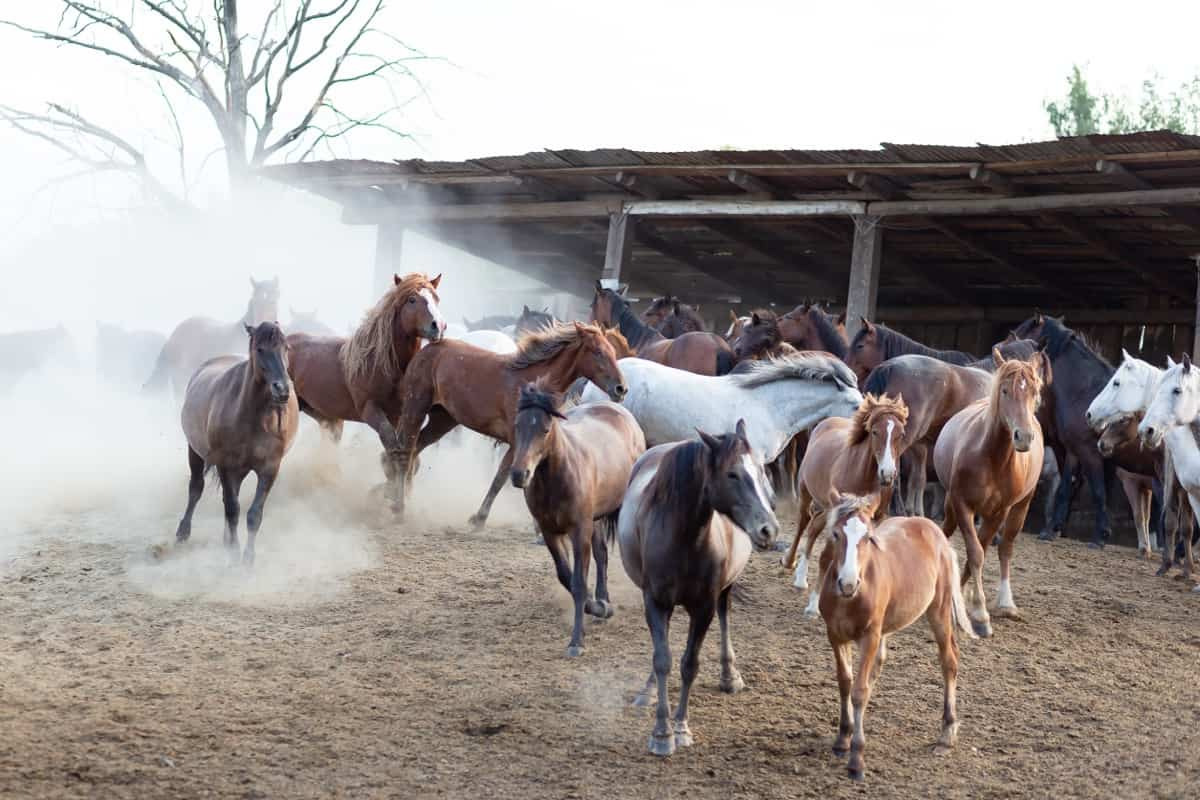
This blog post will review the ten most important components of a successful horse breeding business plan. We’ll cover all you need to know to construct a complete and effective strategy for your horse farming business, from market analysis to financial predictions.
Horse Breeding Business Plan
What is Horse Farming or Horse Breeding?
Horse farming, also known as horse breeding, is a complicated and varied process that entails breeding, producing, and caring for horses for different reasons. Horses have been a vital component of human society, from equestrian activities like racing and jumping to work in agriculture, like plowing fields and transportation. However, successful horse farming necessitates more than just a passion for horses. It necessitates a thorough understanding of horse biology, genetics, nutrition, and healthcare, as well as knowledge of marketing, business management, and risk management.
History of Horse Farming
The history of horse farming is shrouded in mystery, with the domestication of horses dating back over seven thousand years ago in southern Russia by the Aryans. However, many details surrounding the origins and spread of horse farming remain unknown. The first known book on the history of horses is the Shalihotra, written by a sage of the same name before the time of the Mahabharata period. Even today, in India, horse doctors are called “Shalihotri” in honor of this ancient tradition.
In case you missed it: Growing Your Profits: Crafting a Comprehensive Cassava Farming Business Plan That Guarantees Success
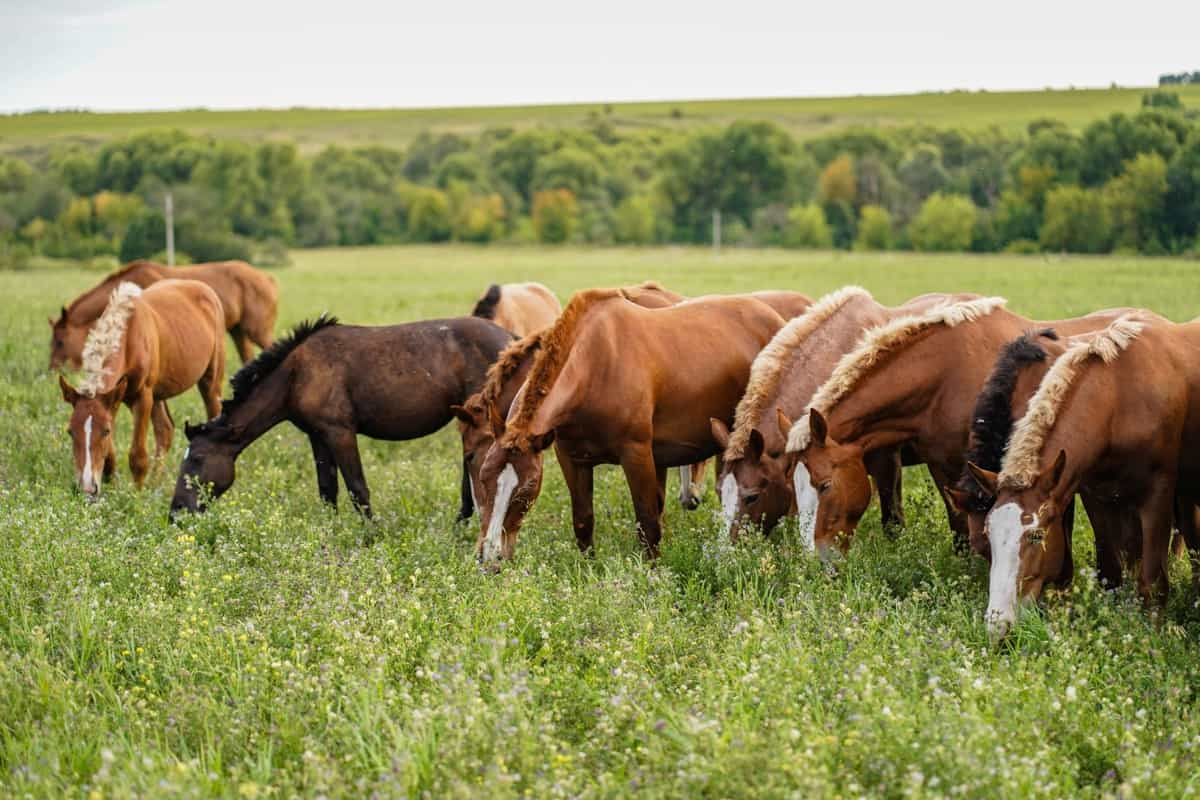
How to Start a Horse Farming Business?
Starting a horse farming business requires a deep understanding of horse breeding, care, management, finance, marketing, and risk mitigation expertise. To ensure success, one must carefully consider factors such as breed selection, facilities, and equipment and develop a comprehensive business plan.
Living Conditions, Feed, Care, and Life of Horses in Horse Farming
Horses are noble animals and require proper care and attention for a healthy and long life. To start horse farming, you need stables and adequate shelter, including an outdoor shelter, pasture, a room for feed storage, a separate room for medicines, and a special ridge. The horse closet must be clean and ventilated with wood sawdust bedding, and each horse must have at least 170 square feet of space.
Horses need a nutritious diet, including grass, hay, sugar beet, pellet mix, oats, millet, chopped hay, and vitamins. The amount of food varies depending on the horse’s age, weight, and health condition. Older and injured horses require more vitamins, while young horses need fresh, dry hay. The total diet should not exceed 0.5 percent nitrates. Horse owners must ensure their horses are healthy. The veterinarian member should always be available, and horse owners must be able to care for their horses under guidance.
The stables must have dry and clean cupboards to store medical aid kits and medicines. Regular check-ups are necessary, and horses must be vaccinated against diseases. The life span of horses is 25 to 30 years, and an average horse is ready to breed over five to six years. Horses should only be ridden once their bones and skeleton fully develop, usually by 1.5 years old. Flies and insects often trouble horses, and wearing fly masks can help protect their eyes.
Assessing the Feasibility of a Horse Breeding Business
- Conduct market research to determine the demand for horse breeding services.
- Analyze competition and identify unique selling points for the business.
- Consider the location and availability of land for stables and pastures.
- Determine necessary equipment and facilities, such as breeding and foaling stalls.
- Assess the business’s financial feasibility, including startup costs and potential revenue streams.
- Develop a business plan outlining goals, strategies, and timelines.
- Seek advice from industry professionals, such as veterinarians and experienced breeders.
- Consider the time commitment required for successful horse breeding and management.
Choosing the Right Location for a Horse Farm
Choosing the right location for a horse breeding farm is needed for a successful business plan. Factors to consider include climate, soil quality, access to veterinary care, and proximity to markets for sales and supplies.
- Talk to locals in farming communities about available land or farms for sale, and attend community events to network.
- Consider hiring a real estate agent with experience in agricultural land sales if you need help finding suitable land.
- Choose large enough land to accommodate your horses and their needs, including running space and separate areas for stallions and mares.
- Look for land with existing buildings, such as a barn or outdoor shed, or the potential to build new ones.
- Check zoning regulations before buying land to ensure it can legally be used for horse breeding.
- Ensure the land has fertile soil with plenty of grass, hay, and alfalfa to help reduce feed expenses.
- Ensure a sufficient water supply, such as creeks or ponds, is available, but be aware of potential algae growth and drainage problems.
- Test the water supply and soil quality before buying land, and rotate pastures to allow for recovery and fresh grazing.
In case you missed it: Rice Cultivation in Greenhouse: A Profitable Business Plan for Sustainable Farming
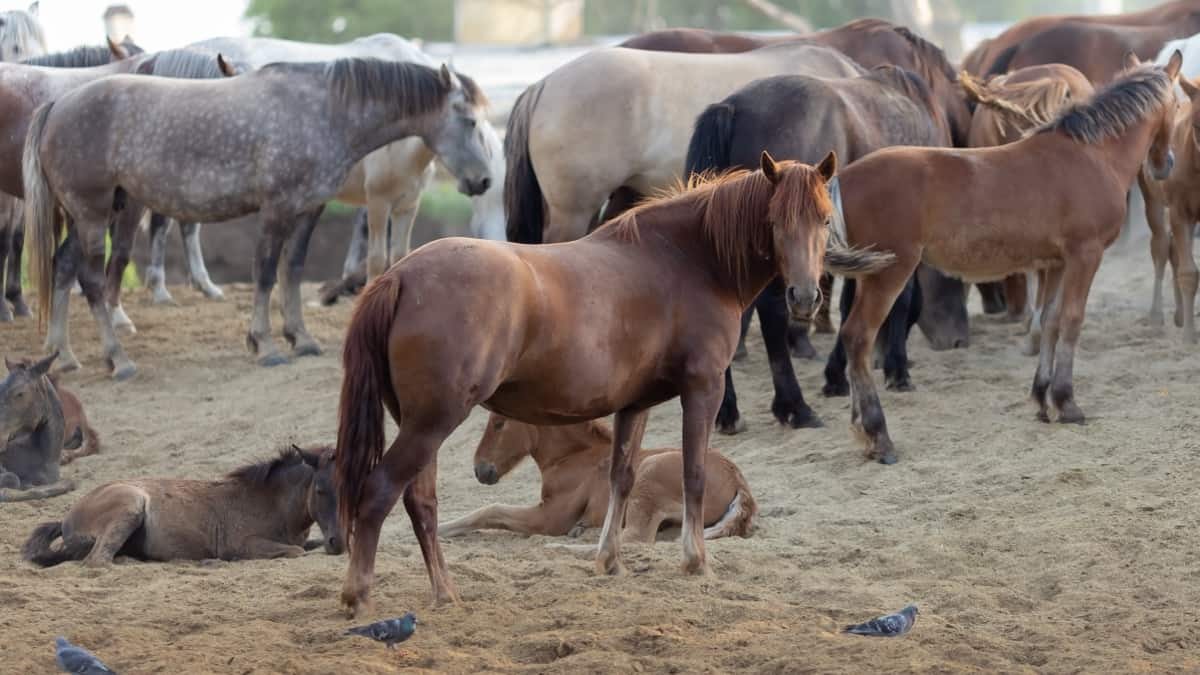
Designing a Horse Farm
Designing a horse farm for a horse-breeding business plan involves careful consideration of the safety and well-being of the horses, as well as the necessary infrastructure and facilities.
- Prepare the pasture by removing sharp objects, barbed wire, rocks, and poisonous plants that could hurt the horses.
- Check for holes in the pasture and eliminate the cause of the spots, such as moles or gophers, to prevent horse injury.
- Identify all plants in the pasture to ensure they are not toxic and protect them from chewing.
- Build or prepare existing buildings for the horses, including a barn, water supply, outdoor sheds, and other necessities.
- Orient the shelter to make the most of summer breezes and protect from prevailing cold winds.
- Put up strong and secure fencing, such as wooden or metal, and avoid hog or barbed wire fencing.
- Use electric fencing if properly earthed and made with quality wire, but be cautious with wild or frisky horses.
Choosing the Right Breed and Acquiring Horses
- For racing, breeds like Thoroughbreds and Standardbreds are popular for their speed and stamina. Showjumping and dressage require horses with athleticism, balance, and grace, and Warmblood breeds and sport horse crosses are often chosen.
- Western riding activities, such as reining and barrel racing, need horses with agility, quickness, and a strong work ethic, such as Quarter Horses, Appaloosas, and Paint Horses.
- Recreational riding calls for versatile and easy-going breeds like Quarter Horses, Arabians, and various gaited breeds.
- For therapeutic riding programs, calm and gentle breeds like Haflingers, Norwegian Fjords, and draft horse crosses are ideal candidates.
Materials and Equipment Required for Horse Breeding Business
- Basic horse tack includes grooming gear, lead ropes, and halters.
- You will also need riding tacks like saddle pads, girths, bridles, and reins.
- Basic grooming gear includes brushes, combs, picks, and sponges.
- You need buckets or tubs for feed, water, and tools such as spades, shovels, and rakes for farm upkeep.
- Larger equipment like tractors may also be necessary.
- For horse feed, the basic components of a horse’s diet include forage, concentrate, and supplemental foods such as pellets and grains.
- Straw or wood shavings are commonly used for bedding, but make sure it is approved horse bedding.
- A good water source, such as a water trough or automatic waterer, is essential for horses stabled for long periods.
- Invest in good quality equipment that lasts longer and is cheaper in the long run.
Managing Horse Health and Nutrition
Managing horse health and nutrition is critical to running a successful horse breeding business. Providing your horses with proper nutrition can improve their performance, prevent health issues, and increase their lifespan.
- Regarding feeding patterns, horses require a consistent feeding schedule, with small, frequent meals spread throughout the day. The ideal feeding schedule is to provide hay and pasture grazing for 16-18 hours a day, along with two or three small grain meals. Each horse’s feed will depend on age, weight, and activity level.
- Regarding feed material, horses require a balanced diet that includes hay, grass, and grains. Alfalfa hay is rich in nutrients but can cause digestive issues if fed in excess. Timothy and grass hay are good options for adult horses. Young horses and pregnant mares require additional protein and calcium, which can be obtained through feeding alfalfa hay.
- It is important to give horses access to clean, fresh water at all times. Horses can drink up to 10-12 gallons of water daily, and dehydration can lead to various health issues, including colic.
- Regular health care is essential for maintaining horse health. This includes regular vaccinations, deworming, dental care, and hoof care. Regular veterinary check-ups can help identify and prevent health issues before they become serious.
In case you missed it: How to Boost Phytoplankton in Aquaculture
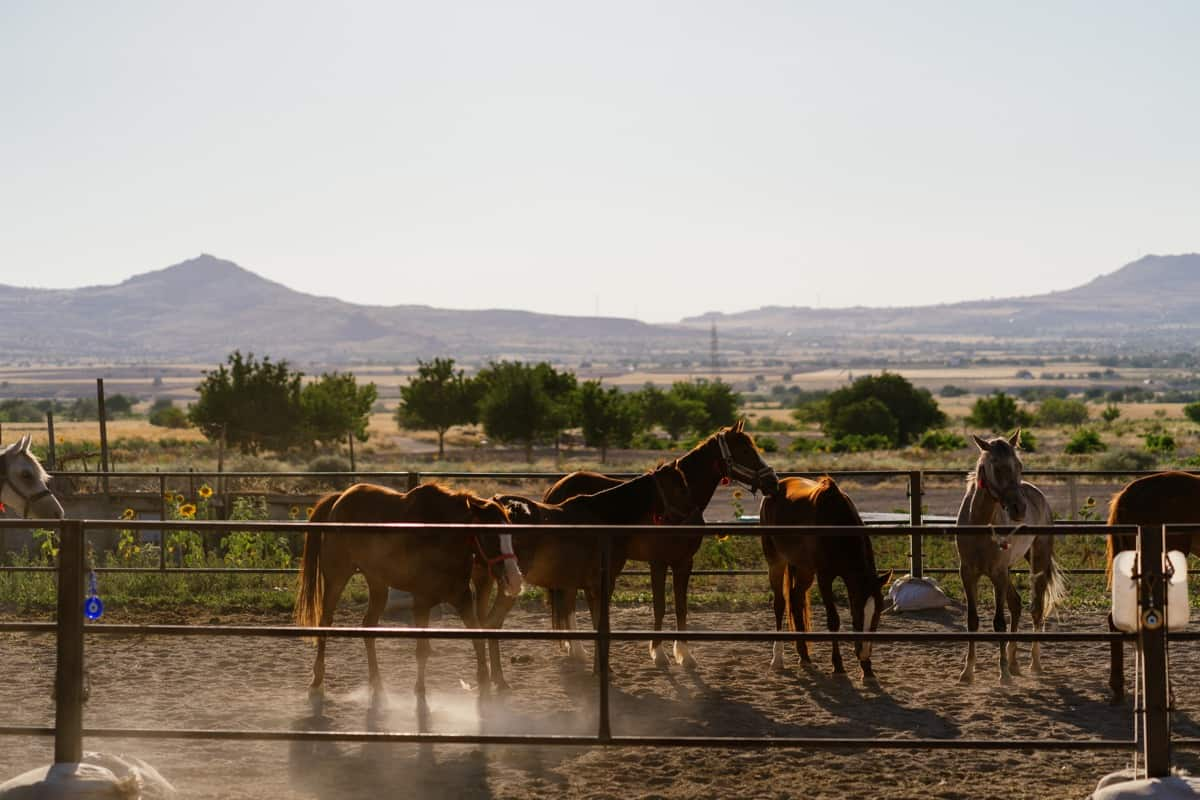
Purchasing the Horses for Profitable Business
- Research the current market to find out which breeds are selling well and what traits customers look for in a horse.
- Don’t breed rare, exotic species unless you have experience with them. Start with a breed you know well and have handled before.
- Talking to existing breeders and visiting horse sales can help you learn more about the industry and get a feel for purchasing horses.
- Research the pedigree of the horses you’re interested in to ensure good breeding outcomes.
- Purchase horses from reputable sellers and get paperwork confirming their registration, purebred status, and good bloodlines.
- Consider buying a stallion to breed your mares for free, but only if you know how to handle and care for one.
- Start small with less than ten horses initially and see how it goes before expanding.
- Breeding racing horses require a lot of money and expertise, so only attempt it if you have firsthand knowledge of the industry.
Tips for Starting a Horse Breeding Program
- Gain experience and knowledge of properly handling, caring for, and understanding horses.
- Acclimate new horses to the farm and give them proper daily care.
- Safety checks on buildings and areas for breeding.
- Choose a stud with a good pedigree, achievements, and abilities if necessary.
- Start breeding when your mares go into heat.
- Continue breeding, riding, training, and selling your horses.
Always seek advice from current horse breeders with a good reputation and consider the cost of breeding and caring for horses. Safety, proper care, and training are essential for breeding healthy and well-behaved horses.
Developing a Marketing and Sales Plan
- Name your horse breeding business with a creative and memorable name that describes your specialization.
- Create a professional-looking website with quality web hosting to make a good attraction on potential customers.
- Promote your business by advertising in relevant horse interest and association/club magazines, using Google and Facebook ads, and maintaining a blog about your horse farm.
- Follow your business plan when purchasing, breeding, caring for, and selling your horses to build a solid reputation as a trustworthy breeder.
- Provide excellent customer service to stand out from your competitors and attract quality customers.
- Enjoy the journey of running your own business and use your expertise to teach, write, advise, etc.
- Show your horses to get the word out about your business, and use prizes and awards to promote the worth of your horses.
In case you missed it: Benefits of Zeolite in Aquaculture: Uses and Application Methods
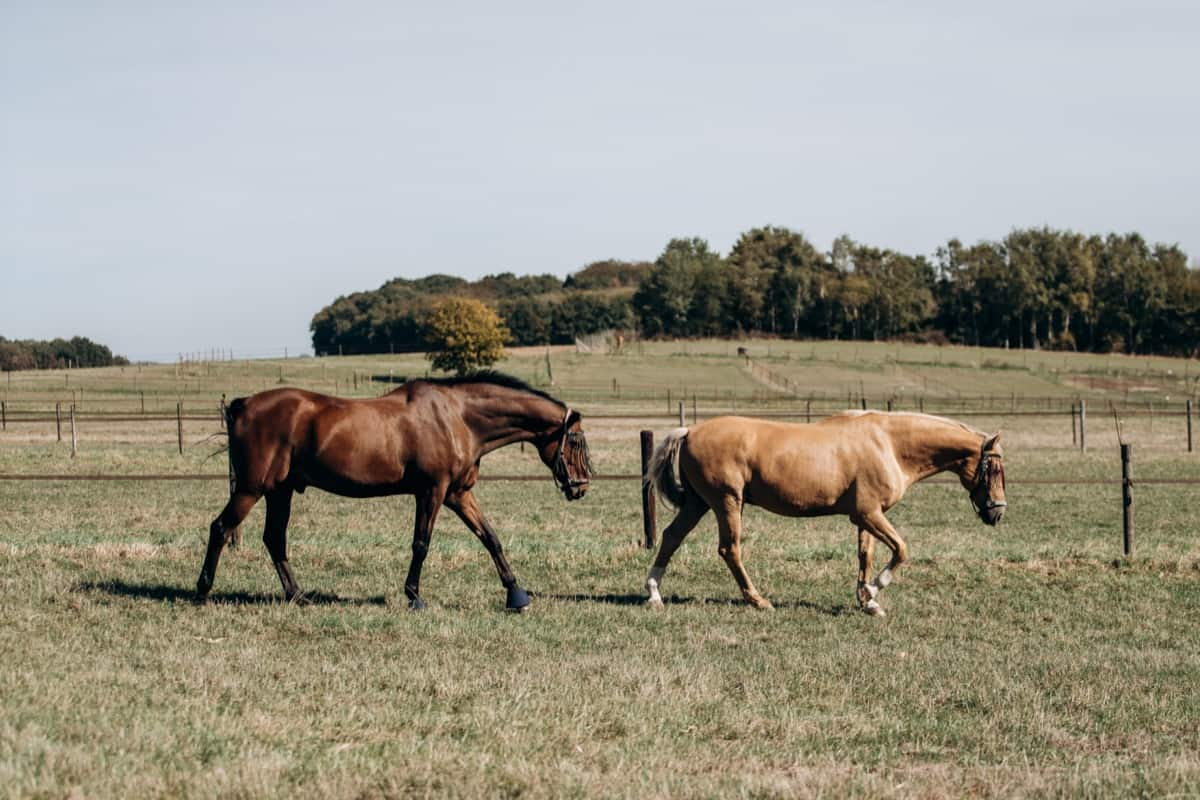
Creating a Financial Plan for the Horse Breeding Business
- Startup costs: Purchase or lease costs for land, stables, breeding stock, farm equipment, and supplies such as fertilizers, seeds, and pesticides.
- Operating expenses: Expenses for feed, veterinary care, breeding fees, labor, marketing, transportation, and utilities such as water and electricity.
- Projected revenue: Revenue can come from breeding fees, sales of horses, and other potential income sources such as boarding, training, and riding lessons.
- Funding Requirements: Depending on the size and scope of the business, financing options may include personal savings, loans from financial institutions or government agencies, and investors.
- Break-even analysis: This can help determine the point at which the business will become profitable by comparing the revenue generated with the costs associated with running the business.
- Risk Analysis and Contingency Planning: Identify and resolve potential business risks and problems such as changes in market demand, natural disasters, or horse disease epidemics. Create contingency plans to limit the impact of these risks and ensure the business’s long-term viability.
- Legal and Regulatory Considerations: Choose an appropriate business structure, register the business with the relevant authorities, and obtain necessary licenses and permits. Some states may require specific certifications for breeding horses, so research the requirements in your area.
- Insurance Requirements: Obtain general liability, property, workers’ compensation, and equine-specific insurance coverage. Consult an experienced insurance agent to verify that you have adequate coverage for your specific requirements.
In case you missed it: How to Start Thai Dragon Pepper Farming: A Step-by-Step Growing Guide
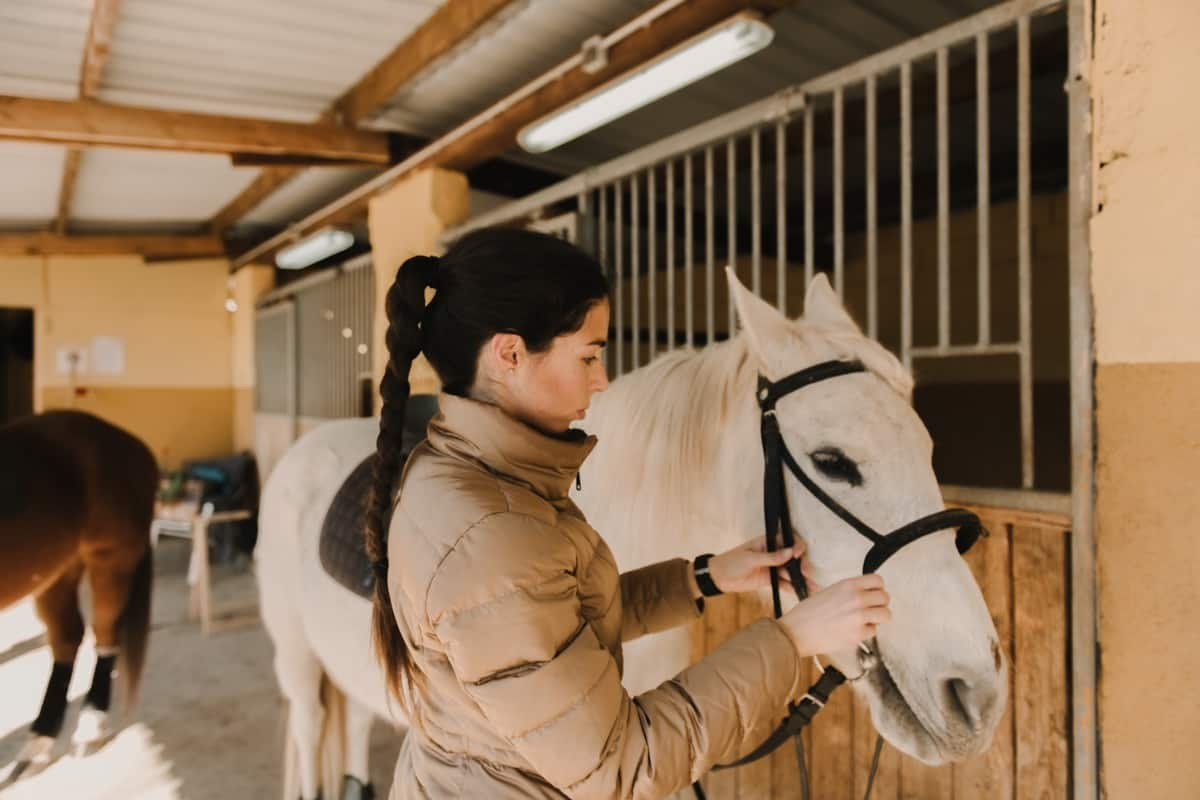
Conclusion
A successful horse breeding business plan includes ten essential elements: clear goals, market research, financial planning, breeding program, health and nutrition program, facilities, marketing strategy, management team, legal considerations, and contingency plan.
- Economical Aquaculture: A Guide to Low-Budget Fish Farming
- 15 Common Planting Errors That Can Doom Your Fruit Trees
- How to Make Houseplants Bushy: Effective Tips and Ideas
- Innovative Strategies for Boosting Coconut Pollination and Yield
- Pollination Strategies for Maximum Pumpkin Yield
- The Complete Guide to Chicken Fattening: Strategies for Maximum Growth
- Natural Solutions for Tulip Problems: 100% Effective Remedies for Leaf and Bulb-Related Issues
- Revolutionizing Citrus Preservation: Towards a Healthier, Greener Future
- Natural Solutions for Peony Leaf and Flower Problems: 100% Effective Remedies
- Maximizing Profits with Avocado Contract Farming in India: A Comprehensive Guide
- Natural Solutions for Hydrangea Problems: 100% Effective Remedies for Leaf and Flowers
- The Ultimate Guide to Choosing the Perfect Foliage Friend: Bringing Life Indoors
- From Sunlight to Sustainability: 15 Ways to Use Solar Technology in Agriculture
- The Ultimate Guide to Dong Tao Chicken: Exploring from History to Raising
- The Eco-Friendly Makeover: How to Convert Your Unused Swimming Pool into a Fish Pond
- Mastering the Art of Delaware Chicken Farming: Essentials for Healthy Backyard Flocks
- 20 Best Homemade Fertilizers for Money Plant: DIY Recipes and Application Methods
- How to Craft a Comprehensive Free-Range Chicken Farming Business Plan
- Brighten Your Flock: Raising Easter Egger Chickens for Beauty and Bounty
- How to Optimize Your Poultry Egg Farm Business Plan with These Strategies
- Subsidy for Spirulina Cultivation: How Indian Government Schemes Encouraging Spirulina Farmers
- Ultimate Guide to Raising Dominique Chickens: Breeding, Feeding, Egg-Production, and Care
- Mastering the Art of Raising Jersey Giant Chickens: Care, Feeding, and More
- Ultimate Guide to Raising Legbar Chickens: Breeding, Farming Practices, Diet, Egg-Production
- How to Raise Welsummer Chickens: A Comprehensive Guide for Beginners
- How to Protect Indoor Plants in Winter: A Comprehensive Guide
- Ultimate Guide to Grow Bag Gardening: Tips, Tricks, and Planting Ideas for Urban Gardeners
- Guide to Lotus Cultivation: How to Propagate, Plant, Grow, Care, Cost, and Profit
- Agriculture Drone Subsidy Scheme: Government Kisan Subsidy, License, and How to Apply Online
- Ultimate Guide to Raising Araucana Chickens: Breed Profile, Farming Economics, Diet, and Care
- Bringing Hydroponics to Classroom: Importance, Benefits of Learning for School Students
- Ultimate Guide to Raising Polish Chickens: Breed Profile, Farming Economics, Diet, and Care
- Ultimate Guide to Raising Australorp Chickens: Profile, Farming Economics, Egg Production, Diet, and Care
- Silkie Chicken Farming: Raising Practices, Varieties, Egg Production, Diet, and Care
- Sussex Chicken Farming: Raising Practices, Varieties, Egg Production, Diet and Care
- Homemade Feed Formulations for Livestock: Discover Cost-effective Starter to Finisher Feed Recipes
whats profitable?